
Scientific Cross-Field Analogizer - Cross-Disciplinary Insights
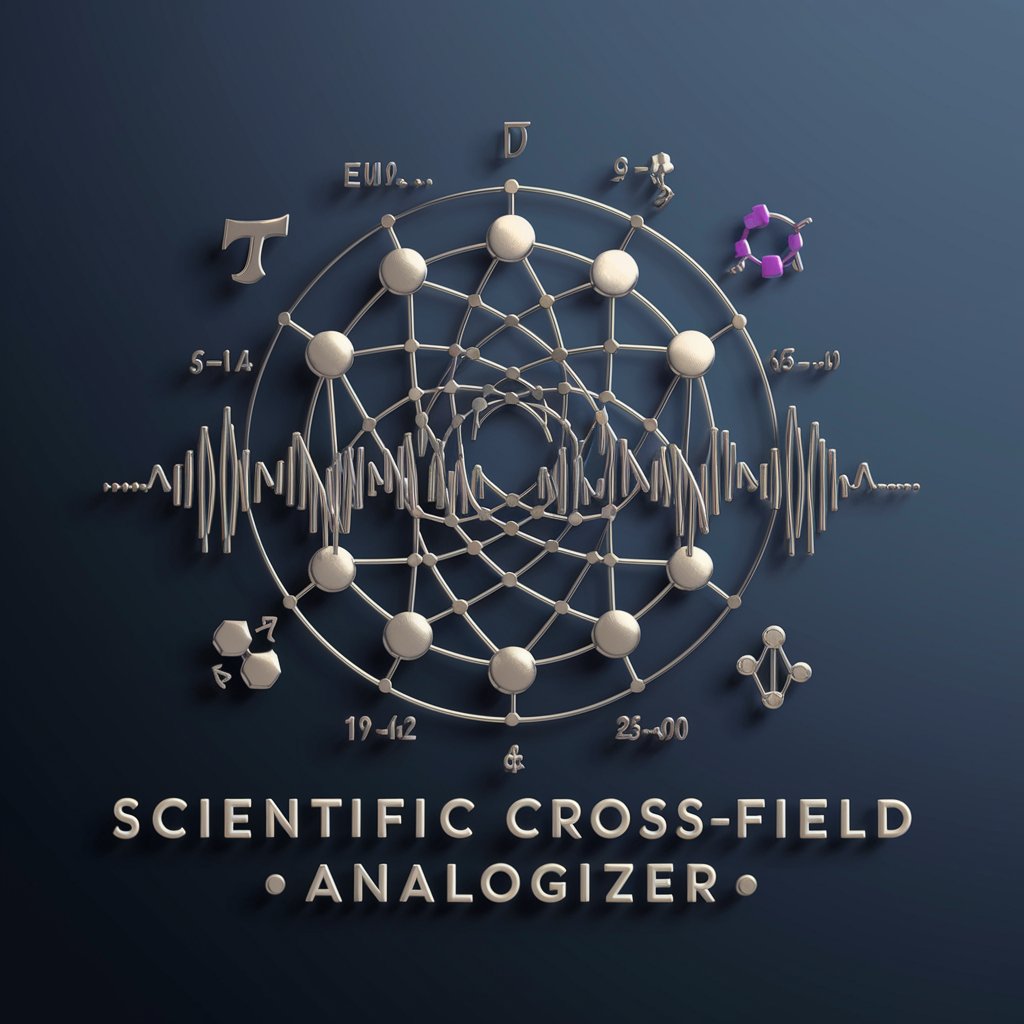
Welcome to Scientific Cross-Field Analogizer!
Bridging Fields with AI Insight
Explore the intersection of physics and machine learning by...
Integrate concepts from environmental science and AI to...
Create innovative solutions by combining principles from biology and neural networks to...
Use historical analysis methods to improve time series predictions in...
Get Embed Code
Introduction to Scientific Cross-Field Analogizer
The Scientific Cross-Field Analogizer is a specialized AI-driven platform designed to identify, analyze, and generate analogies across diverse scientific disciplines. Its primary purpose is to accelerate innovation and enhance understanding by drawing parallels between seemingly disparate fields. By leveraging a comprehensive database of knowledge from physics, biology, computer science, and more, it synthesizes new insights and fosters interdisciplinary collaboration. For example, it can draw analogies between the way neural networks operate in machine learning and the neural pathways in biological systems, offering novel perspectives on both artificial intelligence and neuroscience. Powered by ChatGPT-4o。

Main Functions of Scientific Cross-Field Analogizer
Analogical Discovery
Example
Identifying similarities between the energy transfer mechanisms in physics and information flow in communication networks.
Scenario
Researchers in network theory might apply insights from physics to optimize data transfer protocols, enhancing efficiency and reliability.
Conceptual Blending
Example
Combining concepts from evolutionary biology (natural selection) and algorithm design (optimization techniques) to create more robust machine learning models.
Scenario
A computer scientist might use this approach to develop algorithms that adapt and improve over time in unpredictable environments.
Interdisciplinary Research Facilitation
Example
Linking thermodynamic principles with economic models to predict market fluctuations based on energy consumption patterns.
Scenario
Economists could utilize these insights to understand and forecast economic trends, aiding policy formulation and investment strategies.
Educational Insight Generation
Example
Drawing parallels between the structural organization of galaxies and social network dynamics.
Scenario
Educators can use these analogies to teach complex astrophysical concepts using intuitive social dynamics, making learning more accessible.
Ideal Users of Scientific Cross-Field Analogizer Services
Researchers and Academics
Individuals engaged in scientific research or academic study who are looking to push the boundaries of their field through interdisciplinary insights. They benefit from uncovering novel connections that can lead to groundbreaking research proposals, publications, and teaching methodologies.
Innovators and Technologists
Professionals working on the cutting edge of technology and innovation, including startups and R&D departments, who seek to develop new products or services by applying cross-disciplinary knowledge to solve complex problems in unique ways.
Educators and Trainers
Teachers and trainers looking to enrich their curriculum with interdisciplinary content. By illustrating how concepts from one field can apply to another, they enhance students' understanding and appreciation of both.
Policy Makers and Strategists
Individuals involved in strategic planning and policy making who can use cross-disciplinary analogies to inform decision-making processes, ensuring more robust and comprehensive strategies that consider multiple perspectives.

Using Scientific Cross-Field Analogizer: A Step-by-Step Guide
Access the Platform
Navigate to yeschat.ai to start your free trial of the Scientific Cross-Field Analogizer without the need for logging in or having ChatGPT Plus.
Explore Features
Familiarize yourself with the platform's interface and functionalities. Review available resources or tutorials to understand how you can leverage its capabilities for cross-disciplinary research.
Define Your Query
Formulate your research question or problem statement clearly and concisely. This step is crucial for obtaining relevant and accurate analogies across fields.
Execute Analysis
Use the platform to input your query and execute the analysis. The tool will process your input to identify and generate cross-field analogical mappings.
Review Results
Carefully review the analogies and insights provided. Utilize these findings to inform your research, innovation processes, or problem-solving approaches.
Try other advanced and practical GPTs
Business Matchmaker
Matching Businesses with Precision AI

SEO Sage
Optimize Your Content with AI Insight

Literature Synthesizer
Crafting Stories with AI Ingenuity
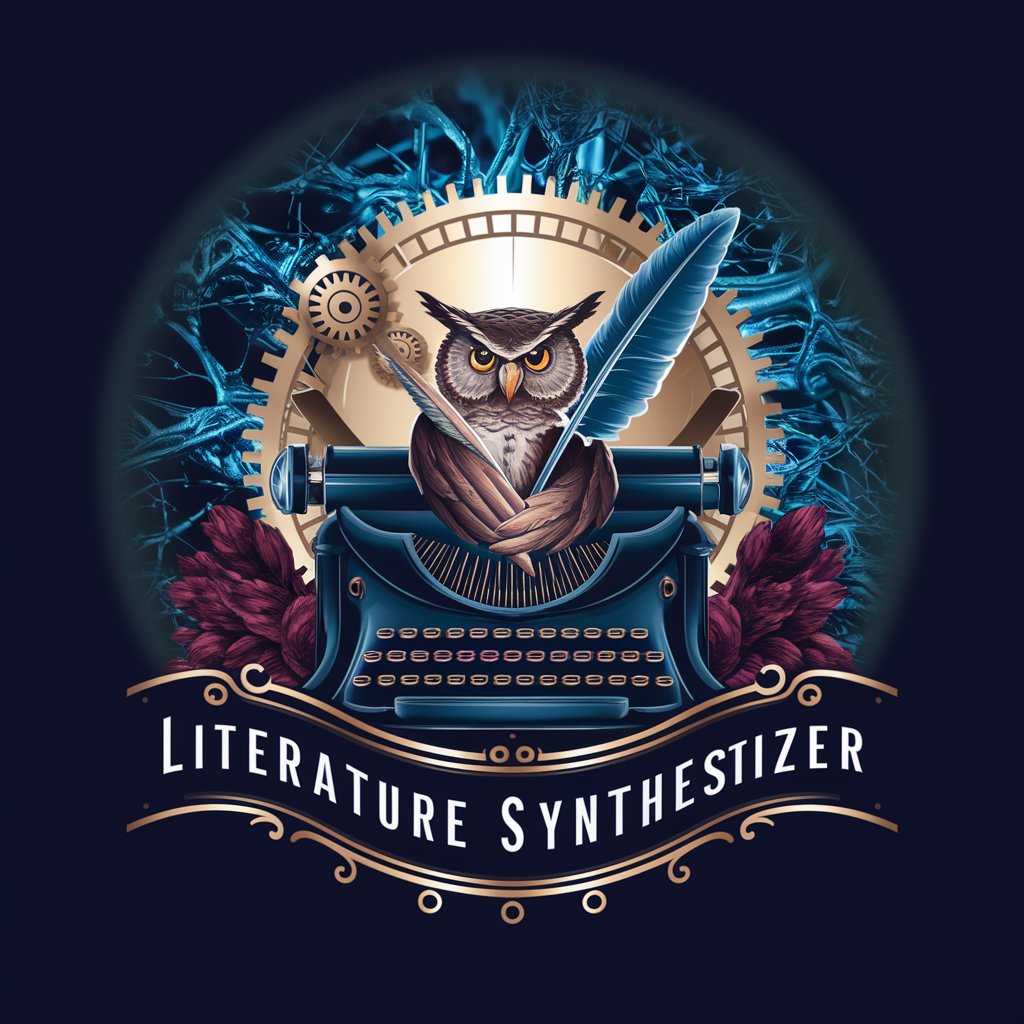
T-Shirt Vector Generator
Transforming Ideas into Wearable Art

Research Co-pilot
Empowering Inquiry with AI Expertise

SEO Content Writer Pro
Elevating Content with AI-Powered Precision

Planner AI
Streamline Your Day with AI-Powered Scheduling

CV SWOT Analyzer
Empower Your CV with AI Analysis
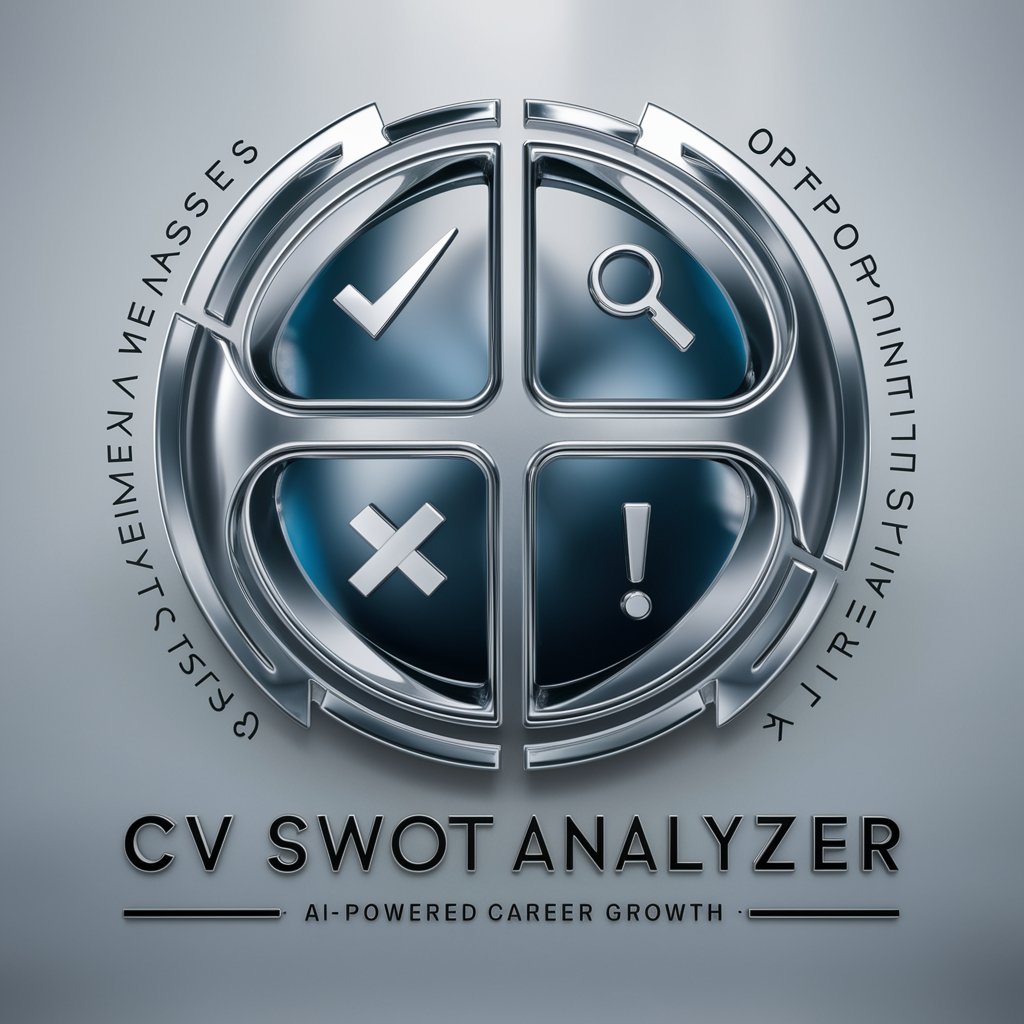
arXiv Reader
Empowering Research with AI
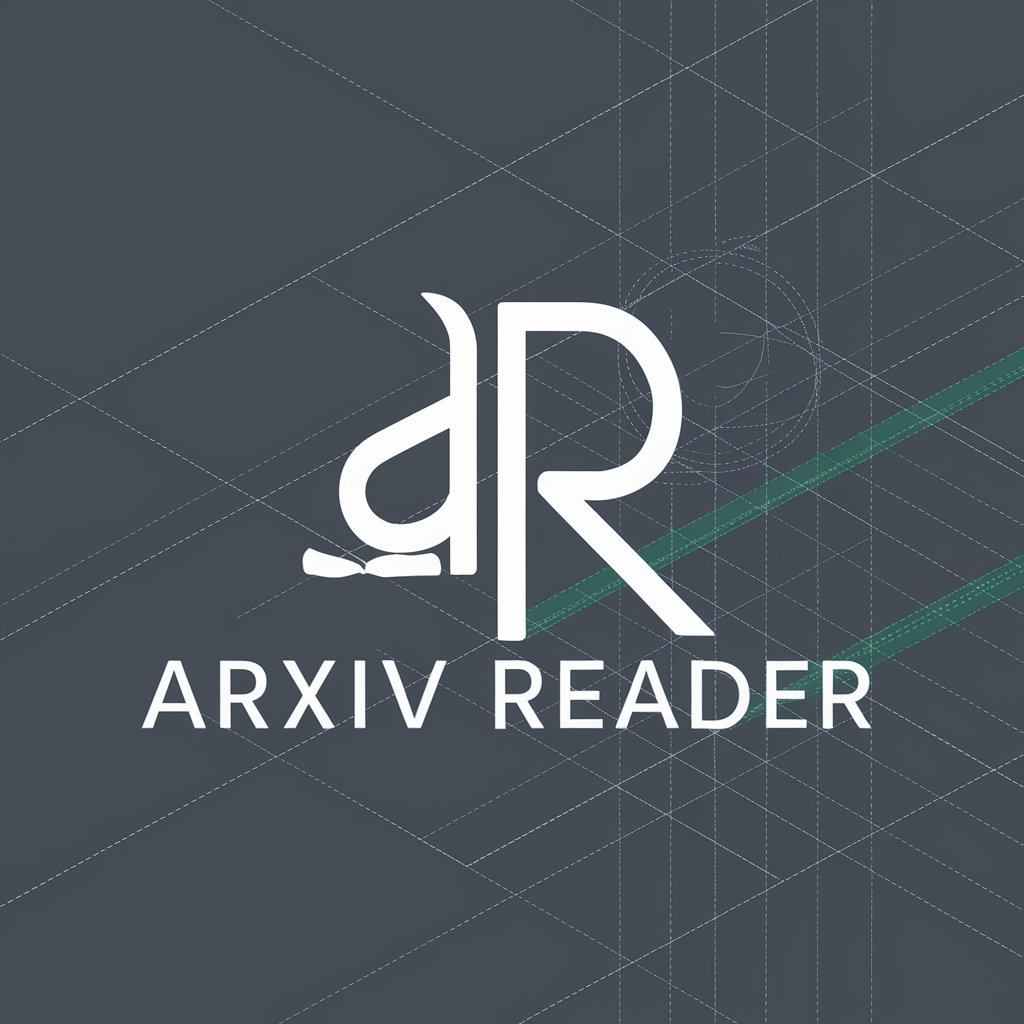
RedlineGPT
Elevate design with AI-powered insights
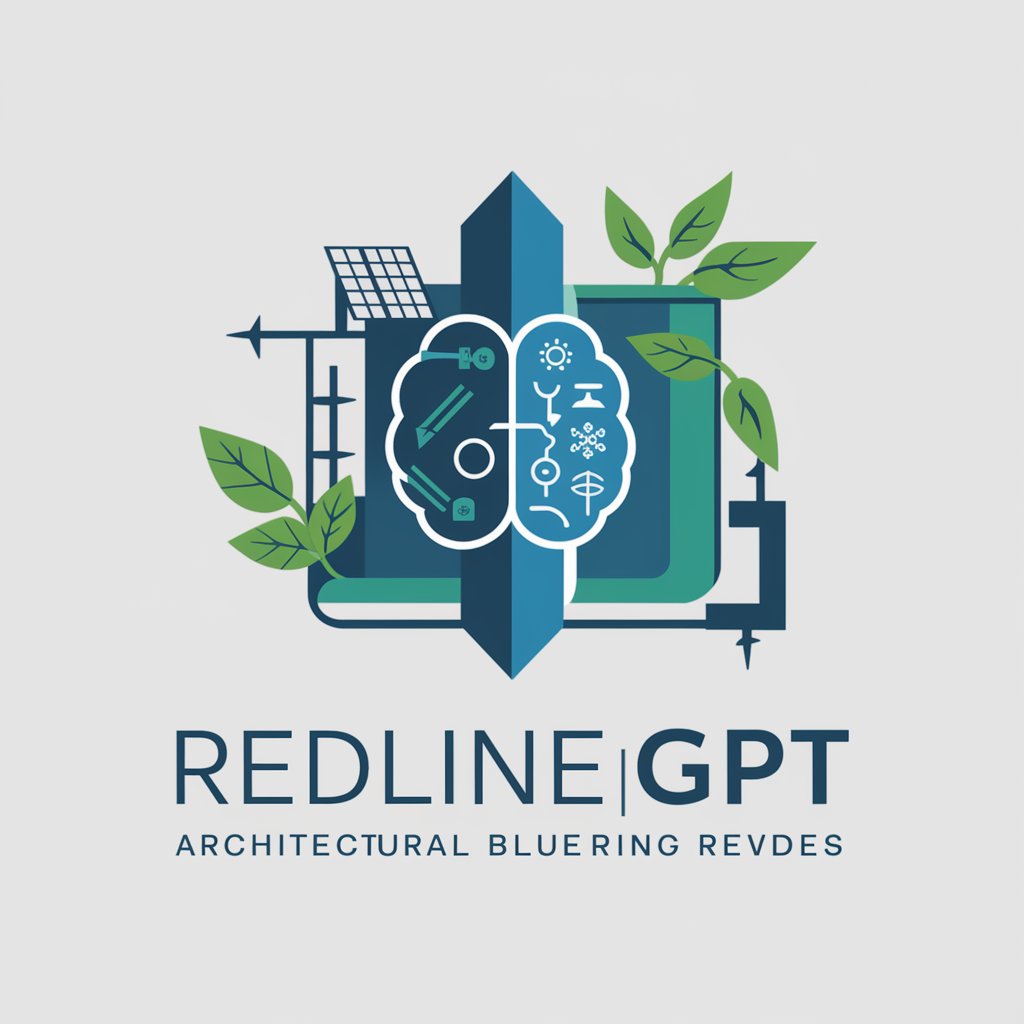
txyz.ai Research Assistant v0
Empowering Research with AI Insight
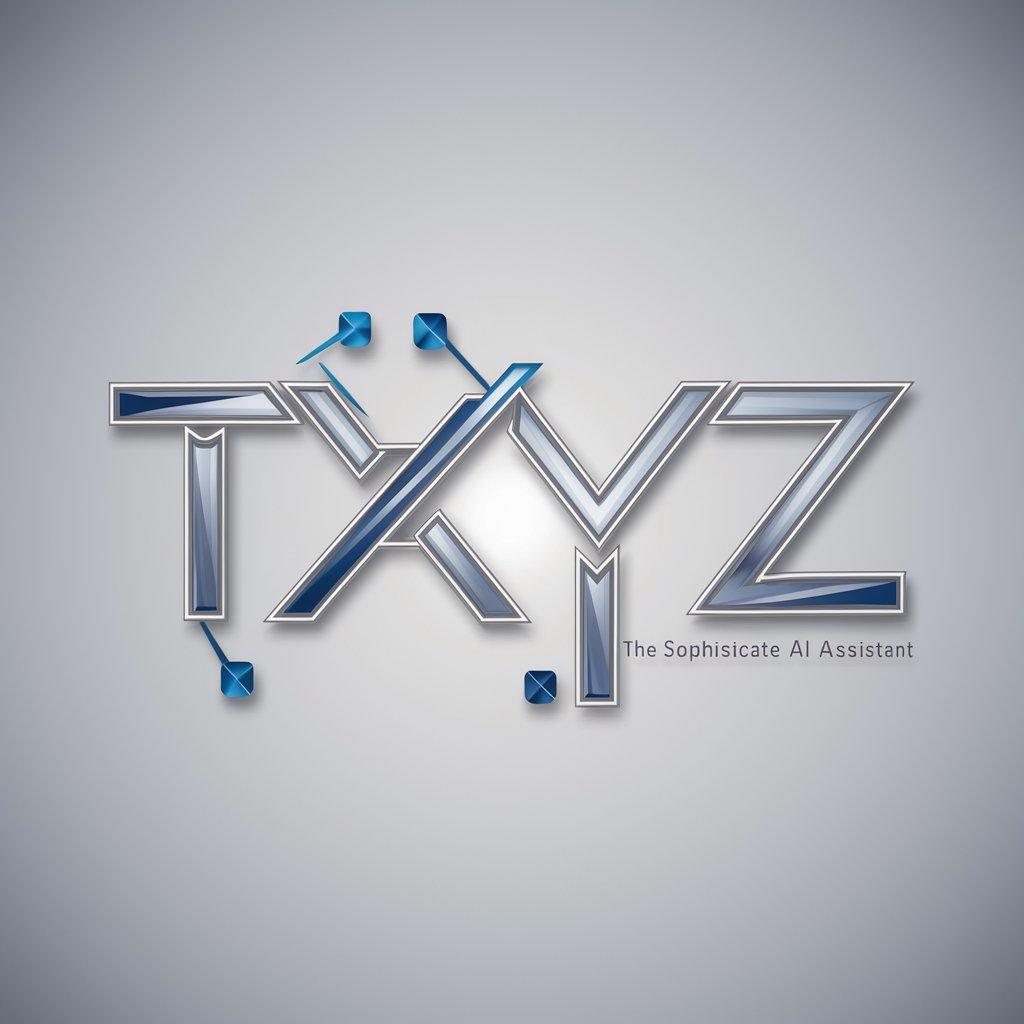
Grammar GPT
Elevate Your Writing with AI Precision
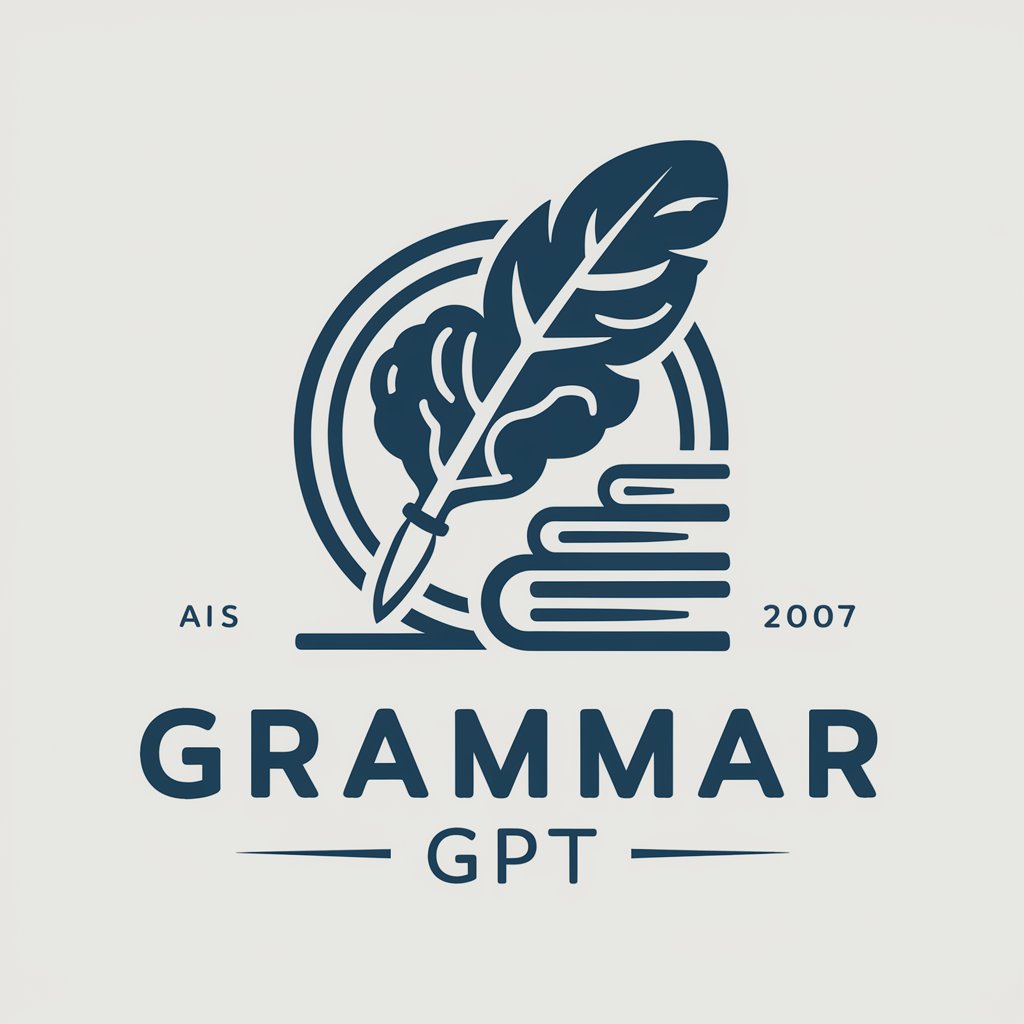
FAQs about Scientific Cross-Field Analogizer
What is Scientific Cross-Field Analogizer?
The Scientific Cross-Field Analogizer is an AI-powered tool designed to identify and generate analogies across various scientific disciplines, fostering innovation and new insights.
How does the Analogizer find cross-disciplinary connections?
It uses advanced AI algorithms to analyze and map concepts from different fields, identifying underlying similarities or functional analogies to provide innovative insights.
Can this tool help with academic research?
Absolutely. The Analogizer is ideal for researchers looking to explore new perspectives, find interdisciplinary connections, or generate novel hypotheses by leveraging cross-field analogies.
Is the Analogizer suitable for industry professionals?
Yes, industry professionals can use the tool to innovate, solve complex problems, or discover new applications for existing technologies by drawing on insights from diverse fields.
How can educators benefit from this tool?
Educators can use the Analogizer to develop multidisciplinary curricula, foster creative thinking, and illustrate the interconnectedness of various scientific domains to students.